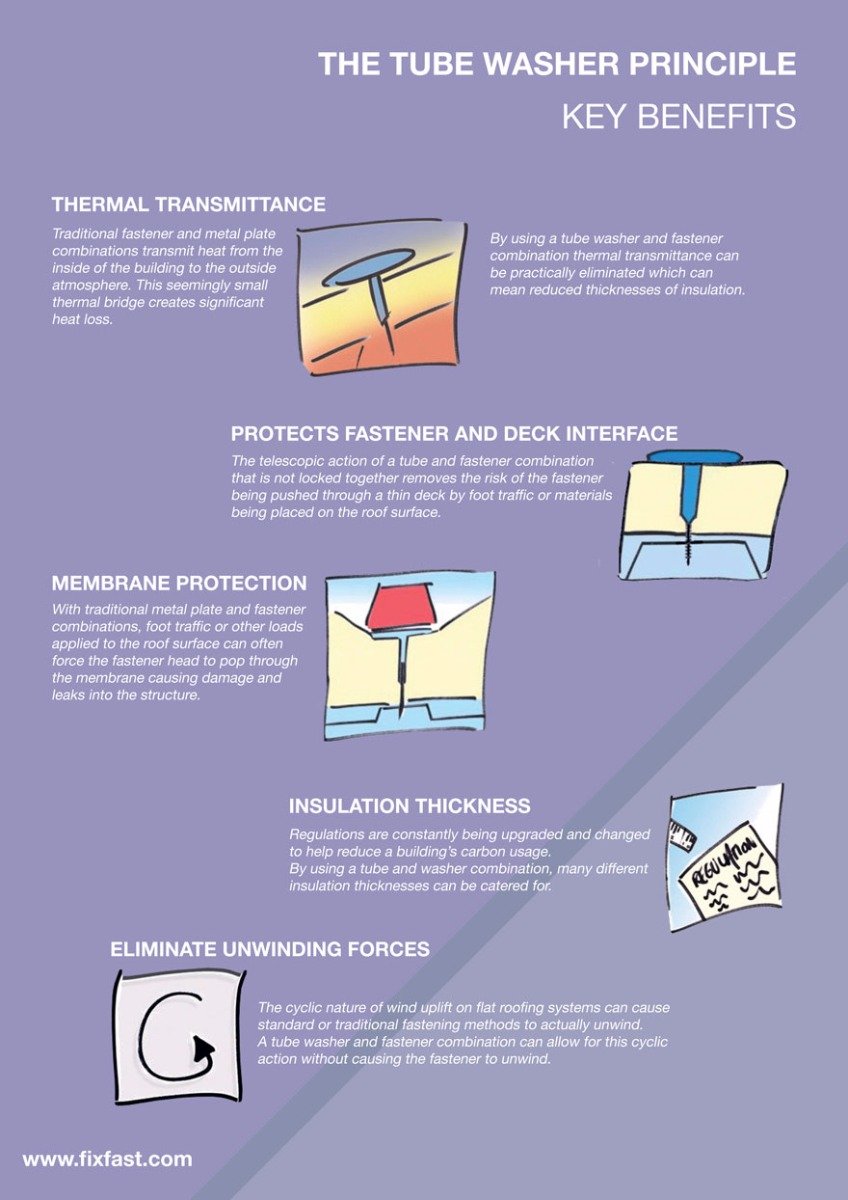Disregarding Roof Air Flow Can Cause Pricey Damages; Learn The Crucial Elements That Ensure A Successful Installation And Protect Your Investment
Disregarding Roof Air Flow Can Cause Pricey Damages; Learn The Crucial Elements That Ensure A Successful Installation And Protect Your Investment
Blog Article
Web Content By-Lassiter Manning
When you're dealing with a roofing job, you could not assume much about roofing air flow, yet it's more important than you recognize. Efficient air flow aids manage temperature level and dampness in your attic room, stopping problems like mold and mildew and architectural damages. By understanding just how to make and install a well balanced air flow system, you can boost power effectiveness and lengthen the lifespan of your roofing materials. So, what are the key aspects to consider throughout setup that can make all the difference?
Importance of Roofing System Air Flow
Roofing system air flow plays a vital role in keeping the total health and wellness of your home. By enabling fresh air to flow through your attic, it helps regulate temperature and wetness degrees. This equilibrium is essential to stop heat accumulation during warm months, which can bring about increased energy prices as your air conditioning burns the midnight oil.
Furthermore, appropriate ventilation substantially reduces the threat of moisture-related concerns like mold and mildew and mold. If humidity levels rise, your home's structural honesty can be jeopardized, bring about expensive repair work. You wouldn't want to manage decaying wood or deformed roofing products, right?
Furthermore, appropriate ventilation expands the life expectancy of your roof. When warm and dampness are kept in check, your roofing system can perform optimally, preventing premature deterioration. This suggests fewer migraines and expenses down the line.
How Roof Covering Ventilation Works
Effective roof covering ventilation counts on the natural movement of air to create an equilibrium in between intake and exhaust. When you mount vents, you're essentially permitting fresh air to enter your attic while making it possible for hot, stagnant air to escape. This procedure helps control temperature level and dampness degrees, avoiding issues like mold development and roofing damage.
Intake vents, normally discovered at the eaves, draw in trendy air from outside. At the same time, exhaust vents, situated near the ridge of the roofing, allow hot air increase and exit. The difference in temperature level creates an all-natural air flow, known as the pile effect. As https://www.pv-magazine.com/2021/05/10/solar-101-how-to-evaluate-solar-contractors-for-rooftop-projects/ rises, it develops a vacuum cleaner that pulls in cooler air from the reduced vents.
To maximize this system, you require to ensure that the intake and exhaust vents are effectively sized and positioned. If the consumption is restricted, you will not achieve the wanted ventilation.
Also, not enough exhaust can trap warm and dampness, resulting in possible damage.
Trick Setup Factors To Consider
When setting up roofing ventilation, several essential factors to consider can make or damage your system's efficiency. First, you require to examine your roof covering's layout. The pitch, shape, and materials all affect airflow and air flow choice. Make sure to choose vents that suit your roofing system kind and local environment conditions.
Next, take into consideration the positioning of your vents. Ideally, you'll desire a well balanced system with intake and exhaust vents placed for optimal air flow. Area intake vents low on the roof and exhaust vents near the optimal to encourage a natural flow of air. This arrangement aids protect against dampness build-up and promotes power efficiency.
Do not forget insulation. Appropriate insulation in your attic avoids warmth from leaving and maintains your home comfy. Make sure that insulation does not obstruct your vents, as this can impede air movement.
Lastly, think of maintenance. Choose air flow systems that are very easy to access for cleaning and inspection. Normal upkeep ensures your system remains to operate properly over time.
Conclusion
Finally, roof air flow is necessary for an effective installment. By ensuring appropriate air movement, you can avoid warmth accumulation and moisture issues that lead to pricey damages. When you tactically placement consumption and exhaust vents, you boost power efficiency and prolong the lifespan of your roof covering. Keep in & remodeling" , a well-ventilated roofing not only safeguards your investment however also improves your interior air quality. So, prioritize ventilation to make sure a resistant and cost-effective roofing system for your home.
